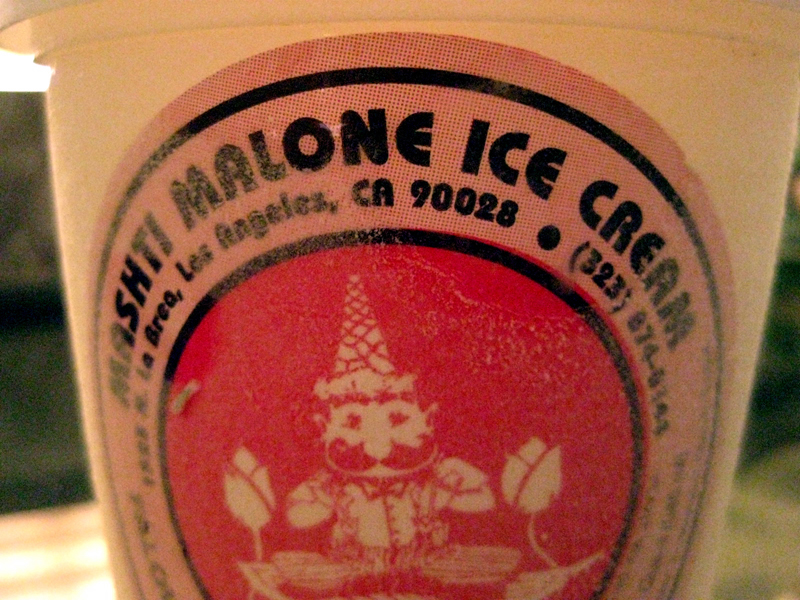
That loyalty is likely what has helped propel the popularity of bastani, at least in Los Angeles.

We’re a country of immigrants who surely appreciate our adopted home, but still cling tight to the places we’re from. Most popular American treats-from hamburgers to bagels to apple pies- trace their roots to other countries (Germany, Poland, and England, respectively) and, although indicative of America’s position as a hotbed of immigrants, they do little to add historical relevance to the local culinary scene. The story of how faloodeh was born is one of the many gastronomical attributes that deepen the importance of Iranian food. In the summer, folks would grab blocks of ice from the ditches, take them back to the city, shave them and serve the cool treat with lemon juice and cherry. The structures were called yakh chol ( yakh translates to “ice” and chol means “ditch”), a term that means “refrigerator” in today’s vernacular. During cold winter nights, wind would get trapped in the holes, bringing the temperature to below zero and effectively turning the area into a makeshift freezer. Iranians would build pyramid-like structures in the desert, huge mounds of sand with giant holes underneath them.
#MASHTI MALONE 1980S UPDATE#
Originally prepared with shaved ice, lemon juice, and cherry, faloodeh now also includes vermicelli noodles, an update that Papen attributes to “the silk trade route, when products were brought from China and distributed through the Middle East and Europe.” Ice Cream With Rootsįaloodeh’s history kicks off over 5,000 years ago, before the country benefited from electricity or running water. | Saffron & RoseĪ plainer variety of the “authentic stuff,” rose water ice cream is prepared without the saffron and pistachios and is called bastani sahde (“plain ice cream”) in Farsi.īoth shops also serve a treat that most closely resembles a sorbet. It is also no surprise that a sort of rivalry has arisen between the two businesses: half-hour away from each other, they cater to the same crowds, are masters at their craft, and each boast an origin story that adds that much more value to their already exotic products.Ī scoop of passionfruit ice cream from Saffron & Rose, Los Angeles, Calif. home, it is no surprise that the two families helming the stores chose the California city as their home base. Given the large Persian population that calls L.A. And when it comes to akbar mashti, traditional Persian ice cream, the feat becomes nearly impossible.Įnter Saffron & Rose and Mashti Malone’s Ice Cream, two specialty shops that brought the treat to Los Angeles. Although he gets to devour khoresht, tadeegh, and ghabalee-quintessential Persian foods made with ingredients easily found in specialty stores-authentic, perfectly prepared Iranian desserts are much more difficult to find.

Much of that love and devotion is connected to the foods he ate growing up. Immigrating to America in the mid-1970s in an effort to fulfill his American dream and avoid being persecuted for being Jewish-a notion that became a reality during the 1979 Iranian revolution-my brother-in-law still holds his country of origin dear, often reminiscing about the culture that has shaped his current outlook on life.

Why, then, purchase the tool? “To make akbar mashti, of course!” my husband said after I doubted his brother’s latest expenditure. Although he might be the human version of Bob the Builder and incredibly well-versed in just about any task he sets his mind to, my brother-in-law is no chef or ice cream maker. A few weeks ago, my brother-in-law purchased an ice cream machine on sale.


 0 kommentar(er)
0 kommentar(er)
